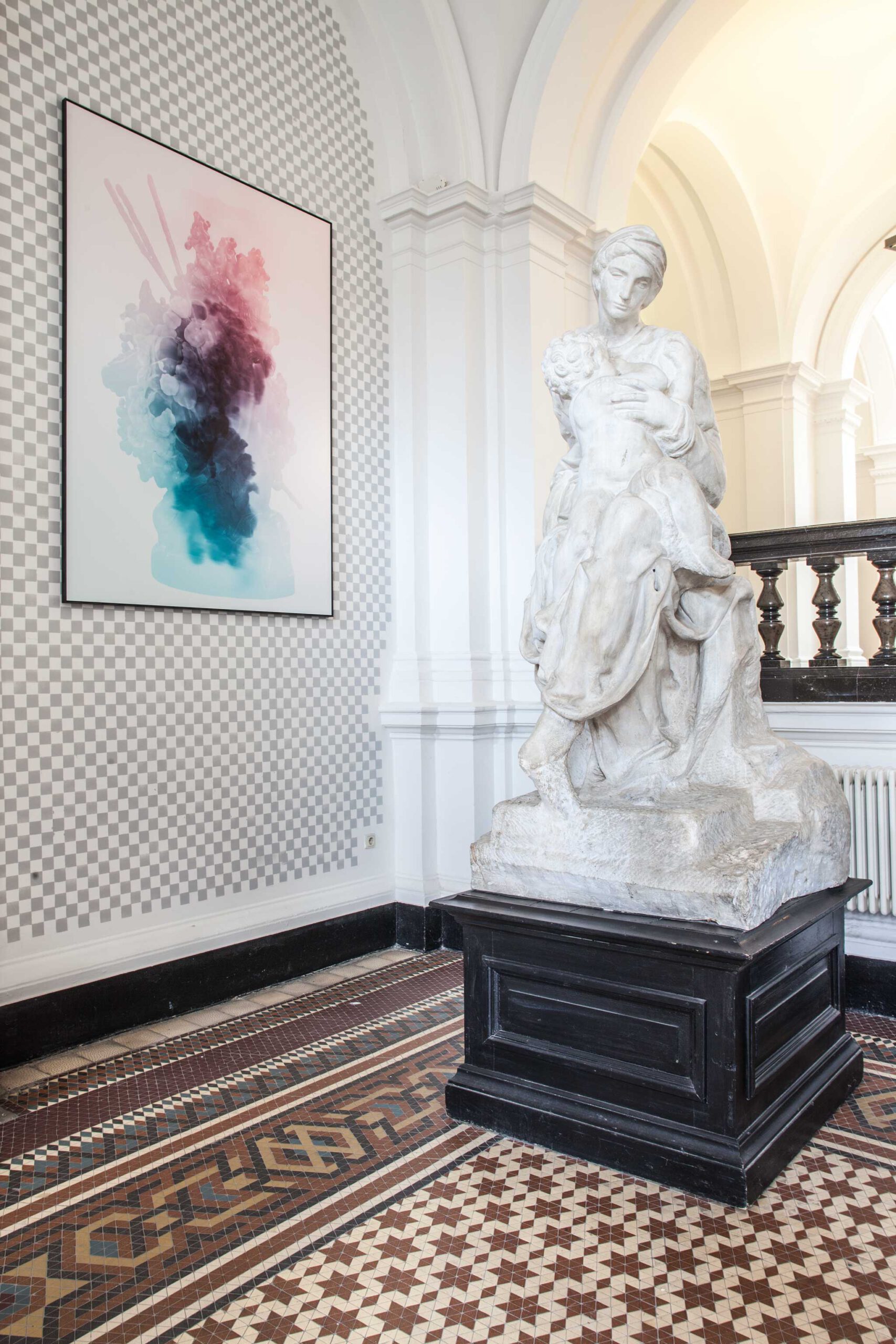
HOT OPTIONS
Digital production and distribution technologies have become the basis of artistic and cultural practice. With the help of these technologies, new combinations between different arts can be created, but the real novelty lies in the ability to simulate the properties of any medium. It is in the blending of analogue and digital manifestations that the truly hybrid products emerge, one part of which cannot be conceived without the other.
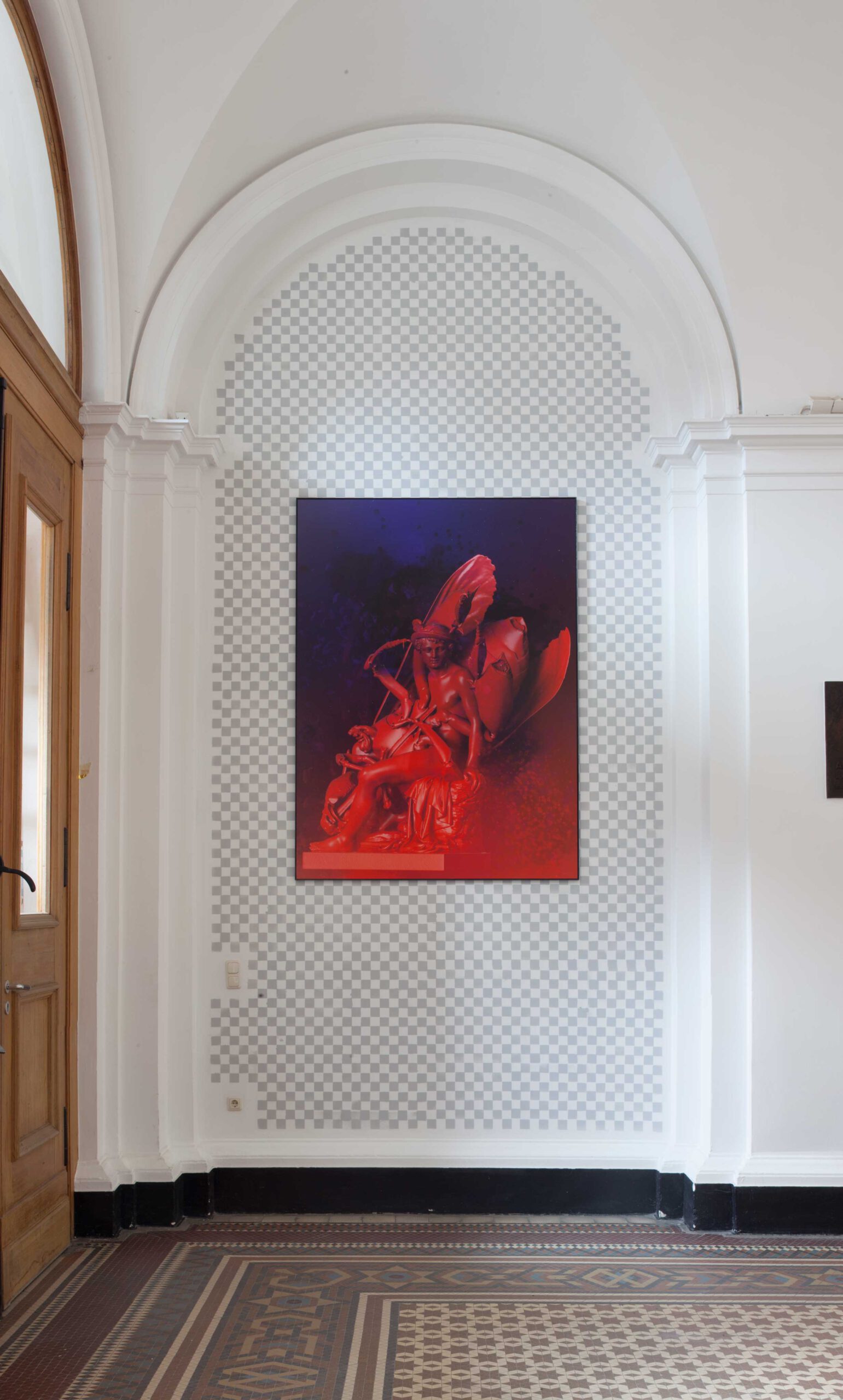
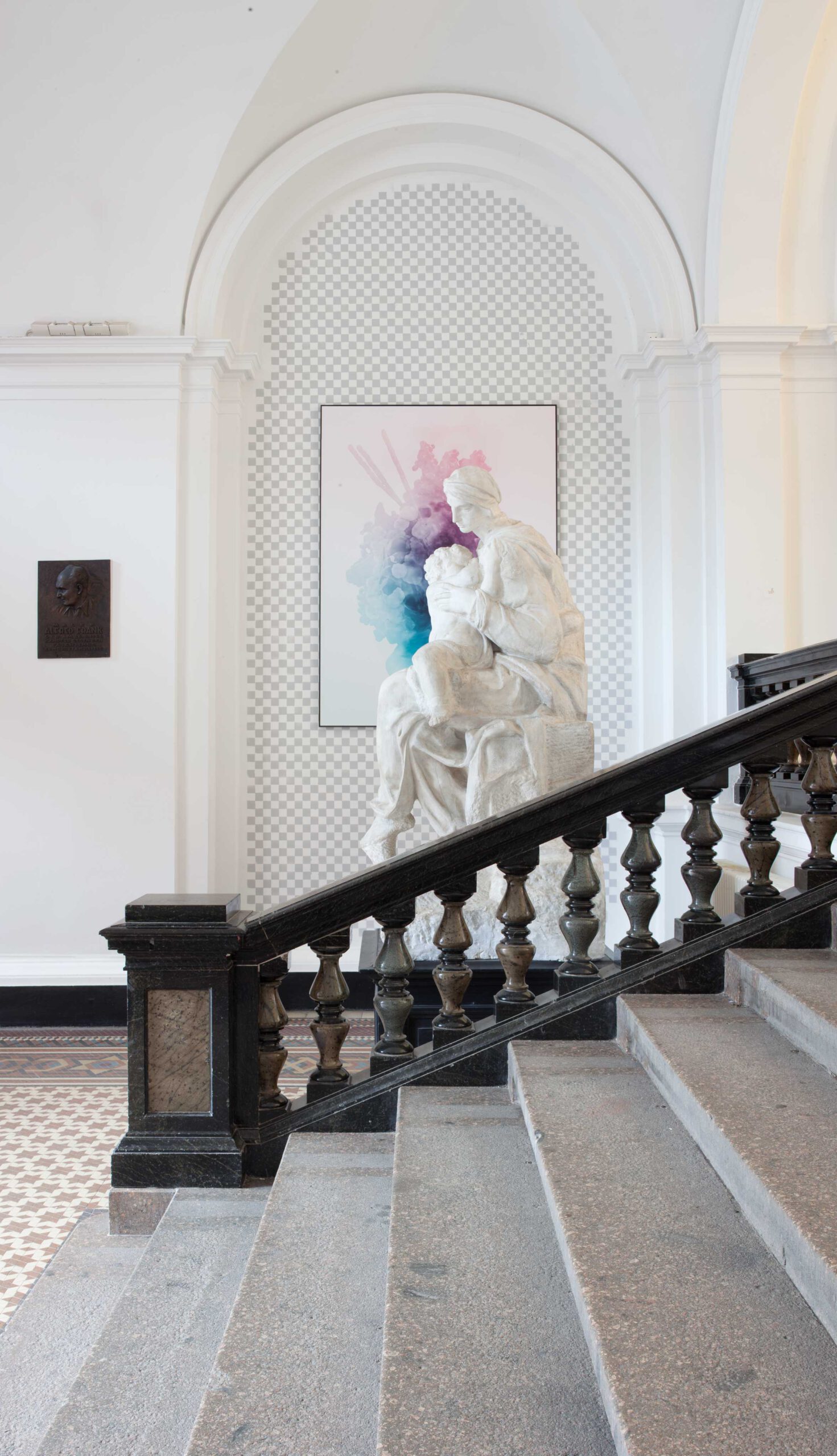
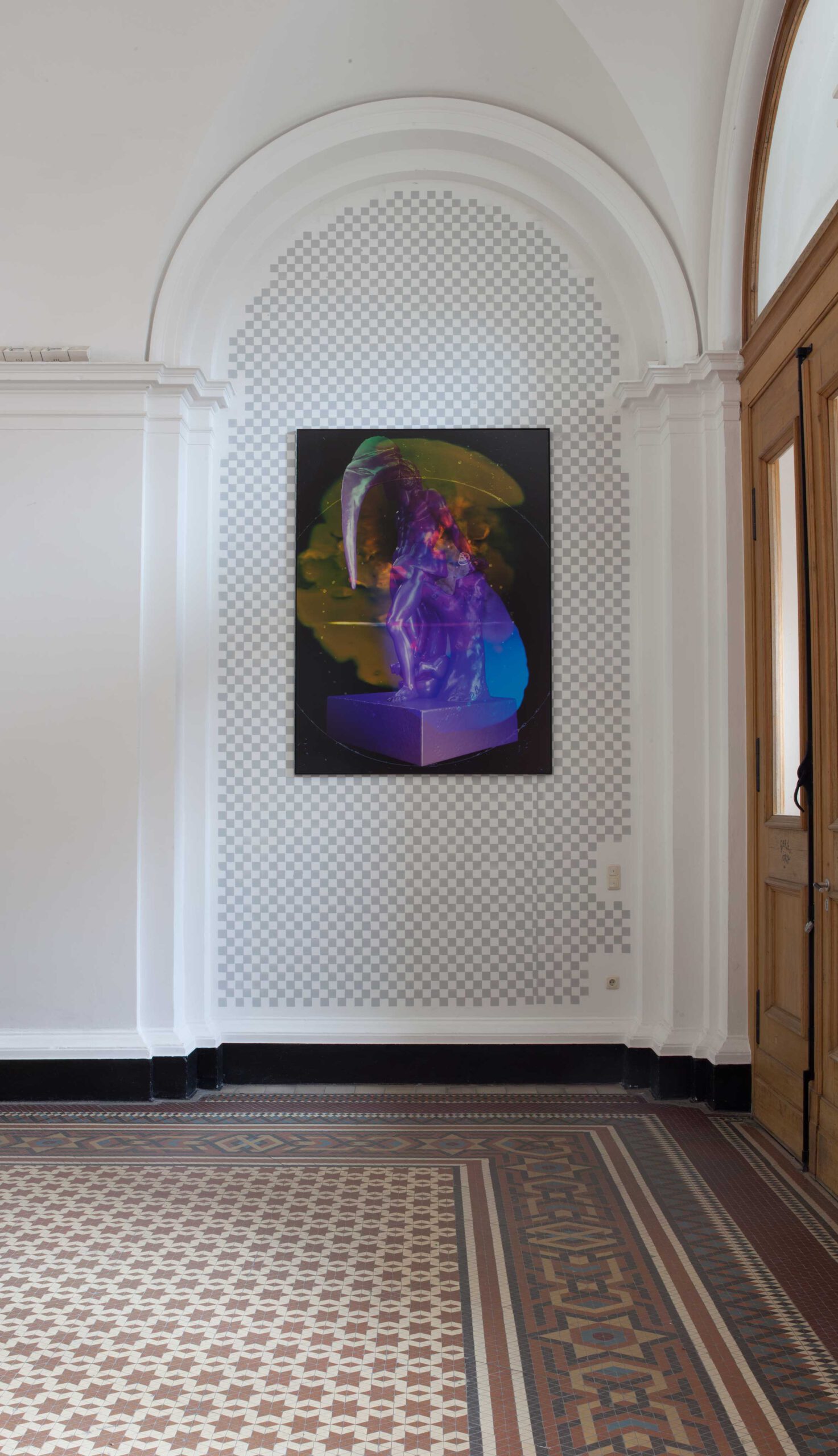
The work investigates the interaction between digital and analogue presentation. For this purpose, set pieces from art, science and the artist's own archival material were combined into a digital collage in a 3D programme and then transferred to an analogue image carrier. These pigment prints must be understood as hybrids.
They show the intermingling of classical sculptures of Mercurius, Venus and Mars, with a worker bee in fall, the three-dimensional model of a supernova, a Nigerian war figure, scans of soap bubbles, digitised dust particles, photographs of marabous and walruses from the 1950s, wax pours and scanning electron micrographs of viruses and crystals.
Through this process of layering image information, still images of the new digital world's wealth of imagery emerged. This collective image memory of the constantly moving digital archive, which permanently recombines and expands itself, is the basis for an artistic practice in which images are taken out of circulation and enriched with new potential meaning through recontextualisation.
The constantly accelerating migration of objects from analogue to virtual space and vice versa - be they works of art, scientific research or simple everyday objects - enables the emergence of media hybrids.
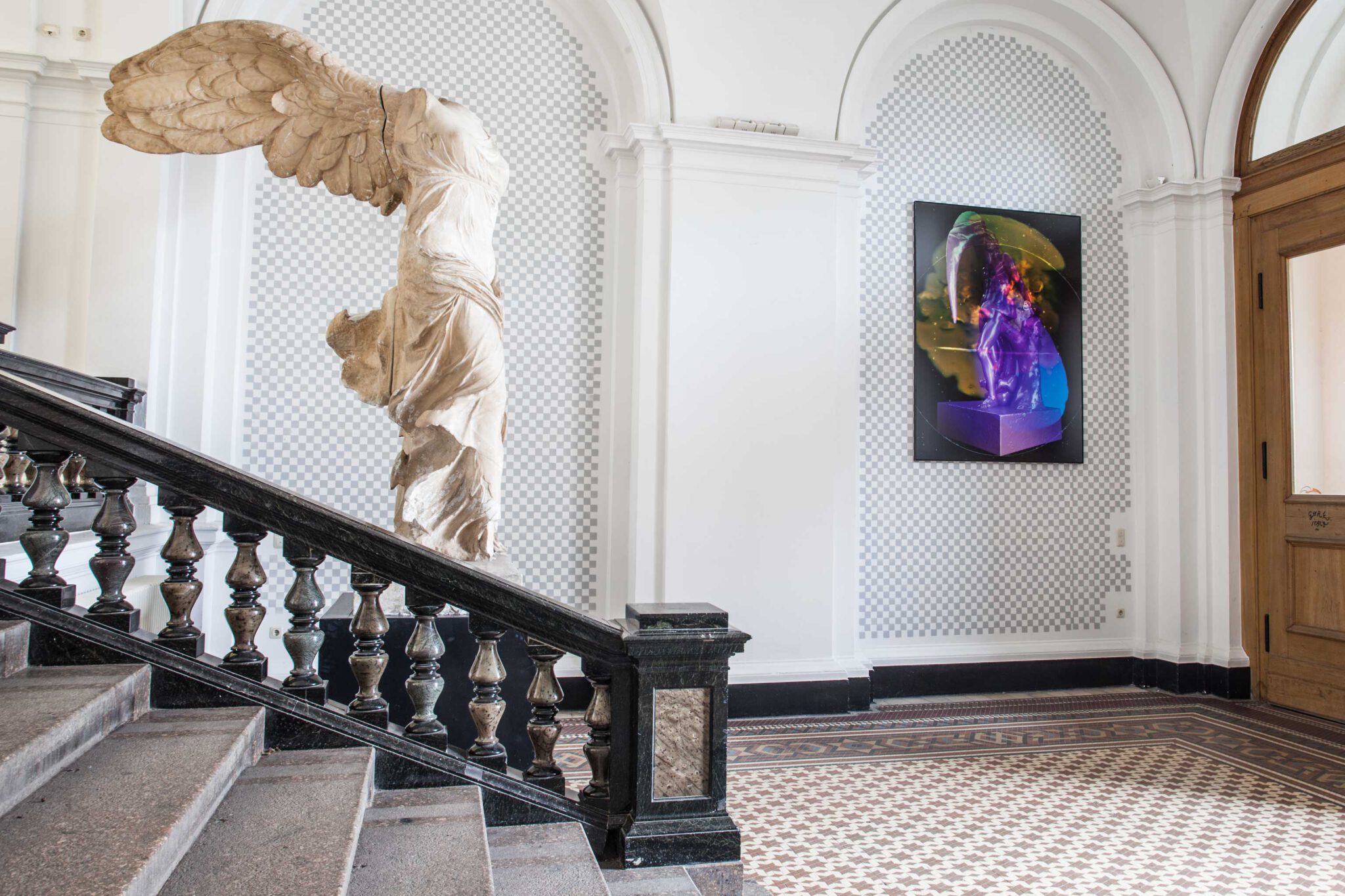
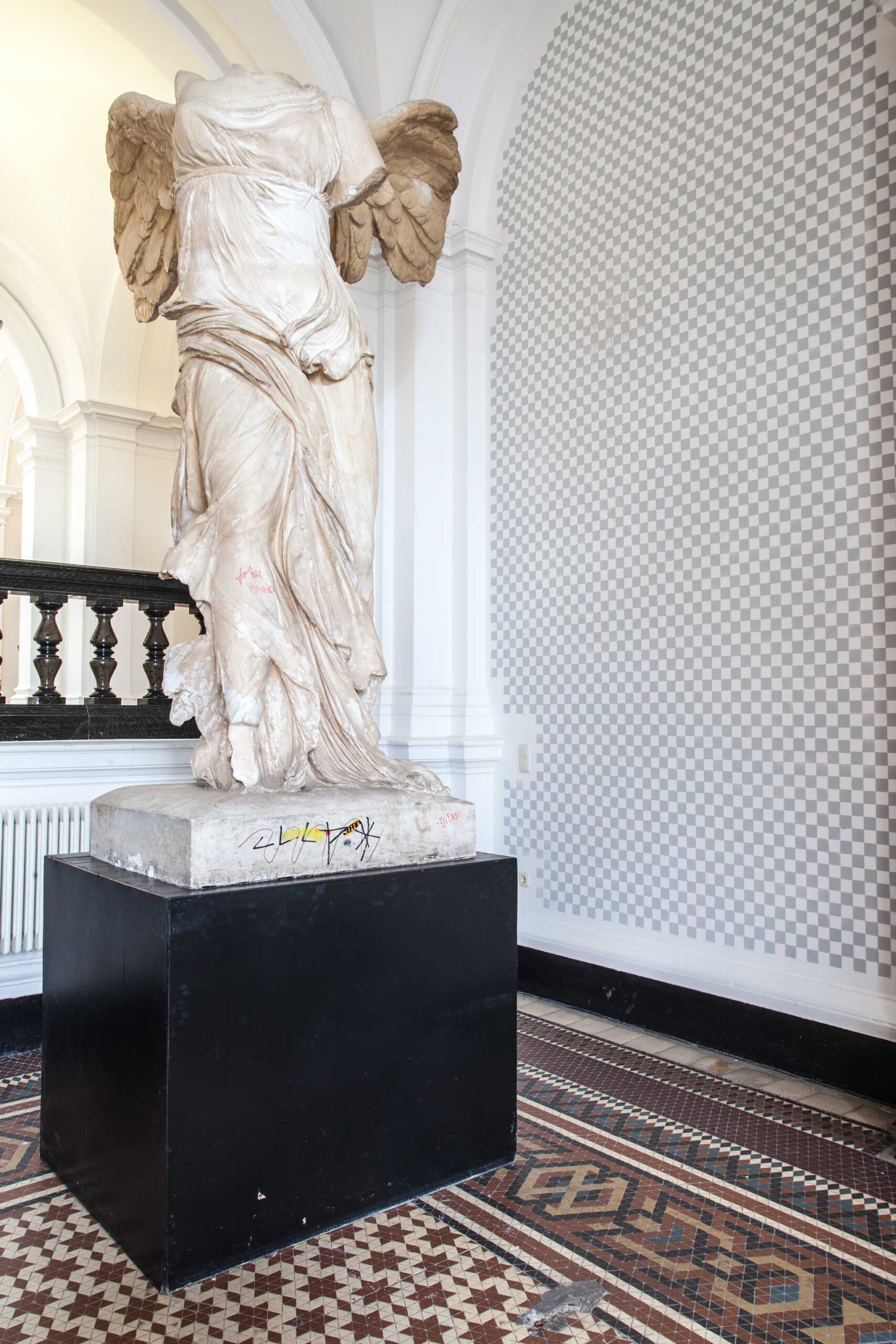
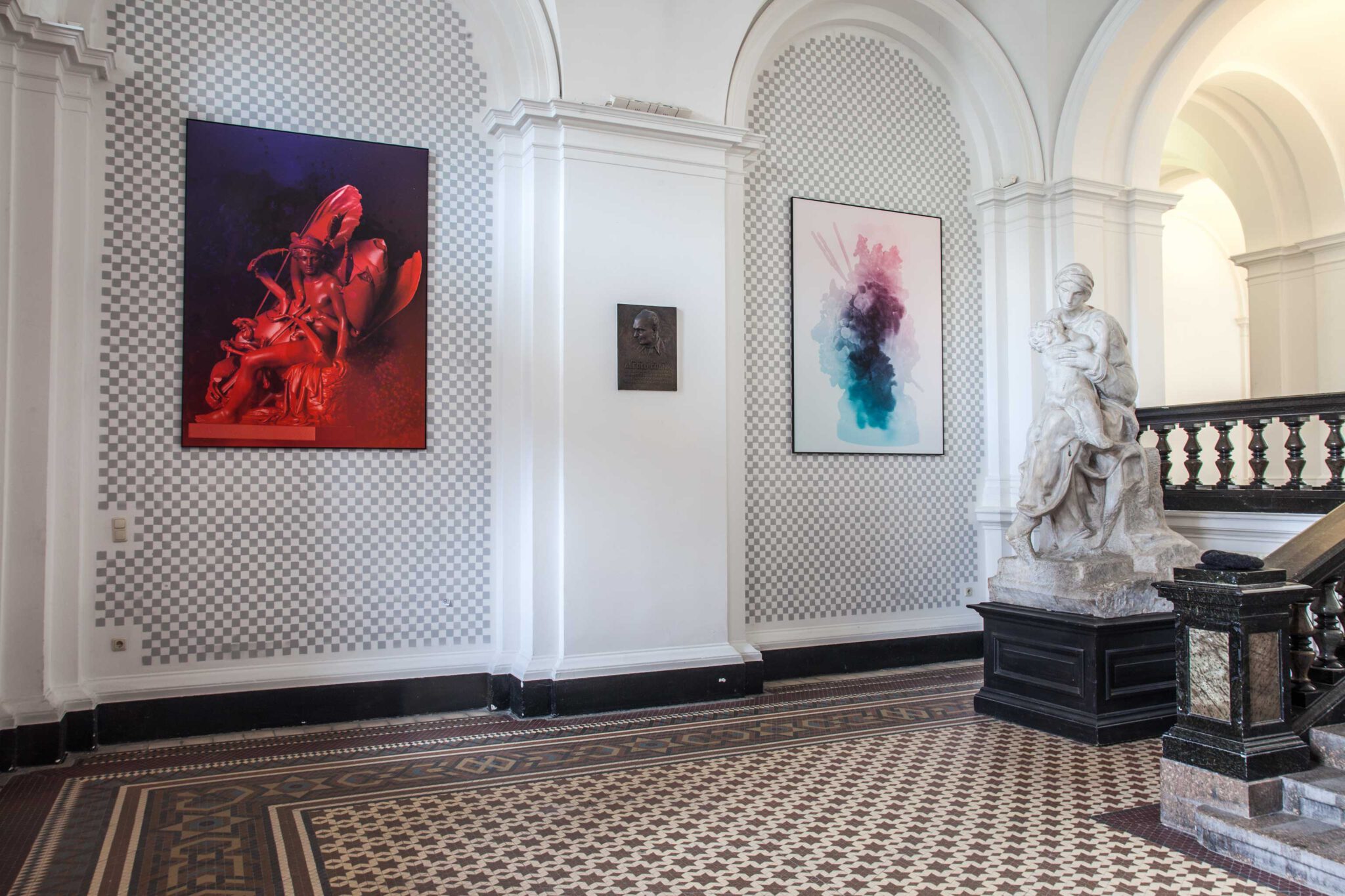
The obviously digital origin of the image content merges with the analogue materiality of the image carrier, its steel frame and the space surrounding it. The term 'hot options', coined by the anthropologist Claude Lévi-Strauss, describes social conditions such as social inequality, armed conflict, increasing networking or technical progress. According to Lévi-Strauss' theory, these conditions can greatly accelerate social change.
Thus, by combining so-called cold options (traditions handed down) and hot options (technical innovations), the work shows a possible iconography of the future syncritical shape of global society.
